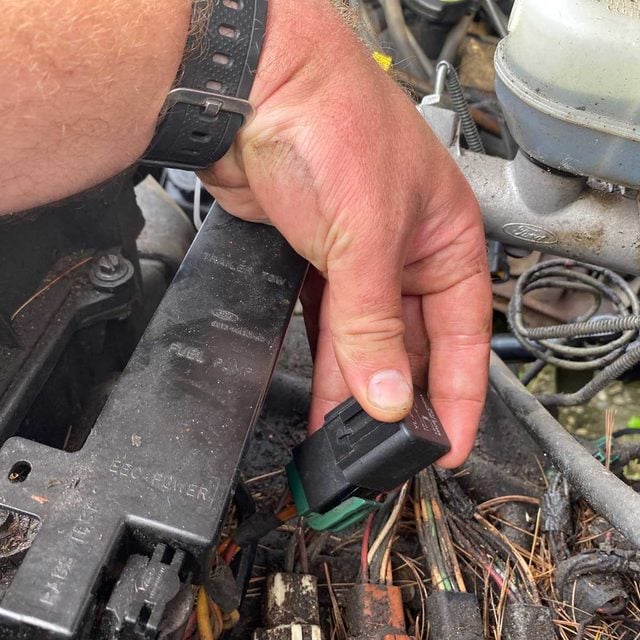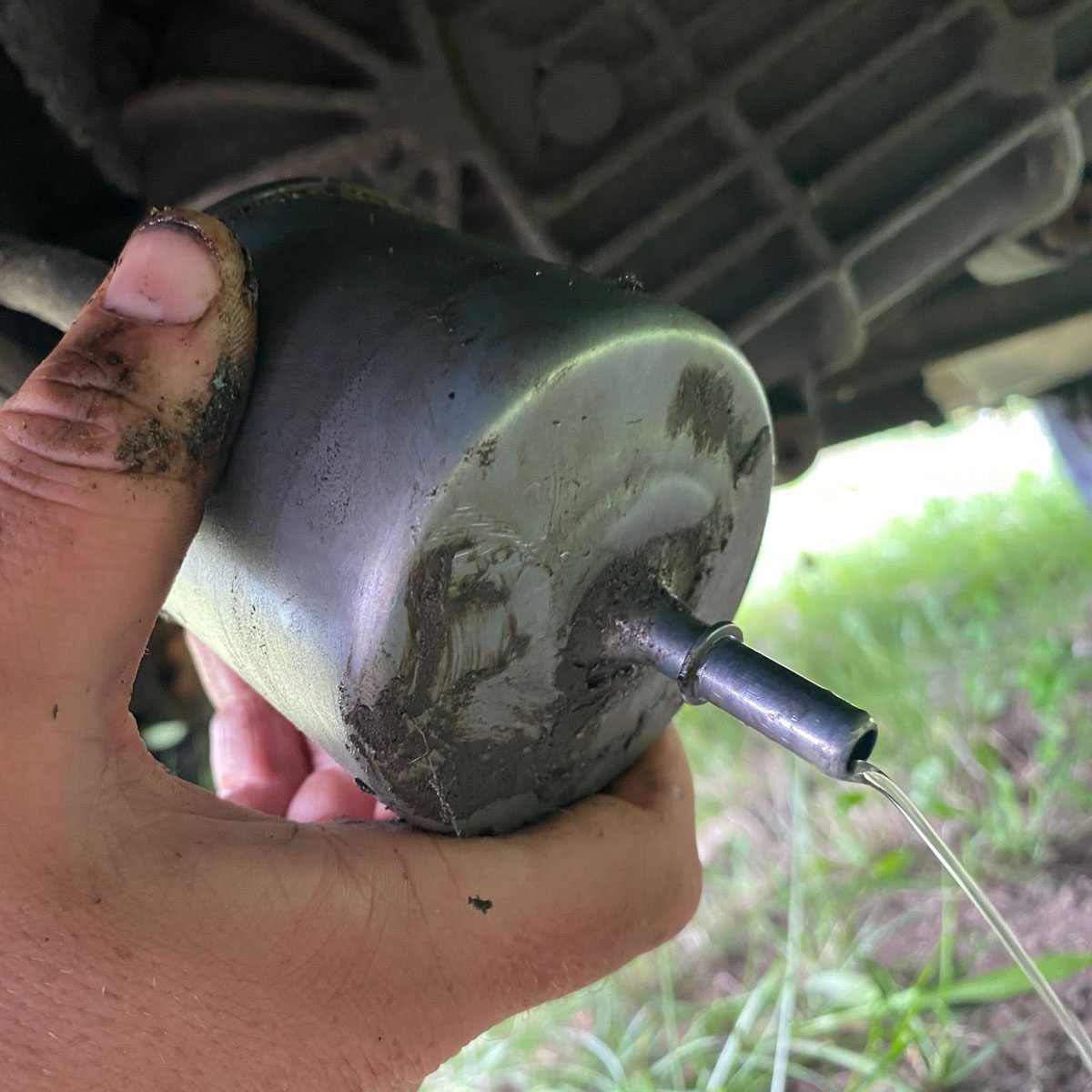When your vehicle needs a new fuel filter, save money by doing the job yourself. Here's how.
Introduction
Vehicle fuel systems have several important components that keep engines purring. Replacing these components when needed can mean the difference between a smooth driving experience and being stranded on the side of the road. The fuel filter is one of these components.
Although a growing number of late–model vehicles no longer have accessible fuel filters, enough older models still do that they're worth knowing about. Designed to keep dirt, rust, paint chips and other fuel contaminants from entering fuel injectors and ultimately harming the engine, experts recommend replacing the fuel filter in your vehicle every two years or 30,000 miles. There is only one fuel filter in your vehicle, and failure to change it can lead to a breakdown as insufficient fuel gets to the engine.
If you learn the steps of fuel filter replacement, you can do this fast, economical DIY job next time your vehicle needs a new fuel filter. Although details vary from one vehicle to another, the basic procedure is the same as I have described here.
Cost for parts = $15 to $125.
Cost for professional labor = $30 to $100.
Time for DIY replacement = 15 to 60 minutes.
Tools Required
- Drain pan
- Fire extinguisher
- Garden hose connected to water source
- Needle-nose pliers
- Safety glasses
- Slot screwdriver
- Vehicle ramps (if fuel filter is mounted underneath the vehicle)
Materials Required
- Replacement fuel filter (must be correct size & type)
Project step-by-step (5)
Relieve Fuel Pressure
- To replace a bad fuel filter, first locate the fuse or relay for your vehicle’s fuel pump and unplug it.
- Try to start the vehicle. If you disconnected the correct circuit, the engine will turn over but not start. It might also start and run for a few seconds before dying.
- Shut off the engine and let it cool, if it has been running.
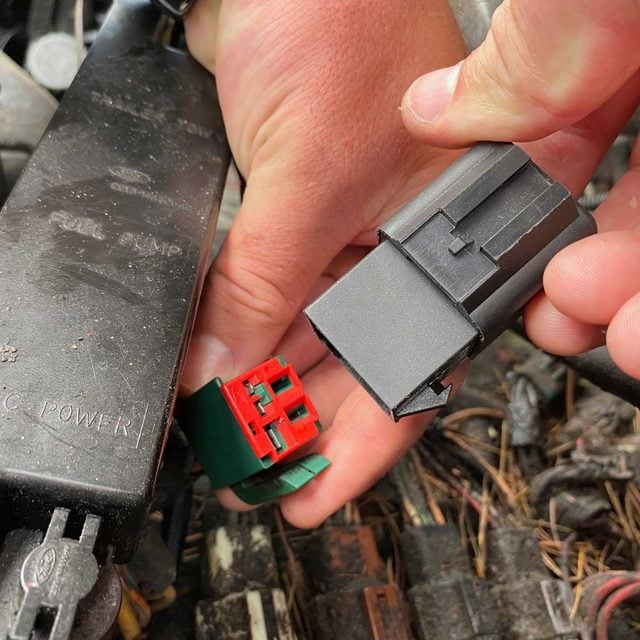
Find the Fuel Filter
- Check an auto repair manual to locate your vehicle’s fuel filter.
- Remove the replacement fuel filter from the box.
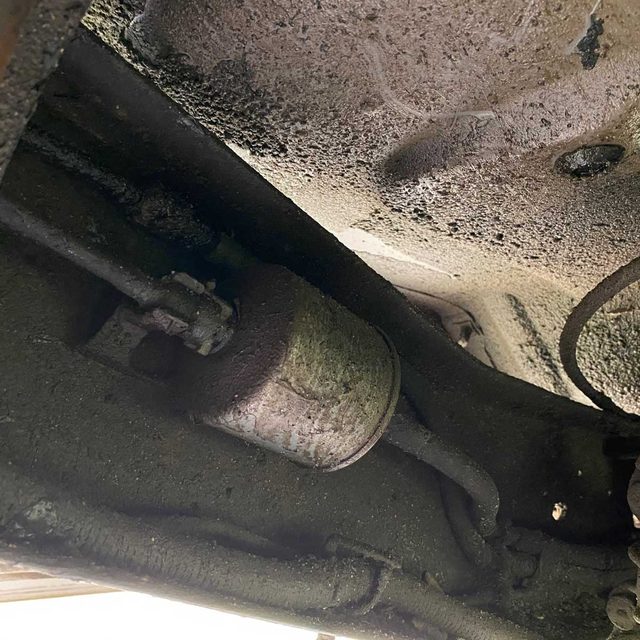
Disconnect and Remove the Old Filter
- Connect your garden hose to the nearest water source, turn the water on at the source, then make sure the hose is within easy reach of the vehicle you’re working on.
- Pro tip: There’s a chance a small amount of fuel will squirt out of the lines when you disconnect the filter, and if any gets in your eyes you’ll need to wash it out right away.
- Put on your safety glasses, then drive your vehicle up on ramps if your filter is housed underneath your vehicle and you need extra clearance.
- Position your drain pan under the filter.
- Find, loosen and remove the fuel lines connected to either end of the filter.
- You may need to use pliers to remove retaining clips from the ends of the lines.
- Pro tip: Watch out for squirting gasoline and catch it in the drain pan, if necessary.
- You may need to use pliers to remove retaining clips from the ends of the lines.
- Loosen the screw clamp or bolts holding the fuel filter in position, then remove the filter and place it to one side.
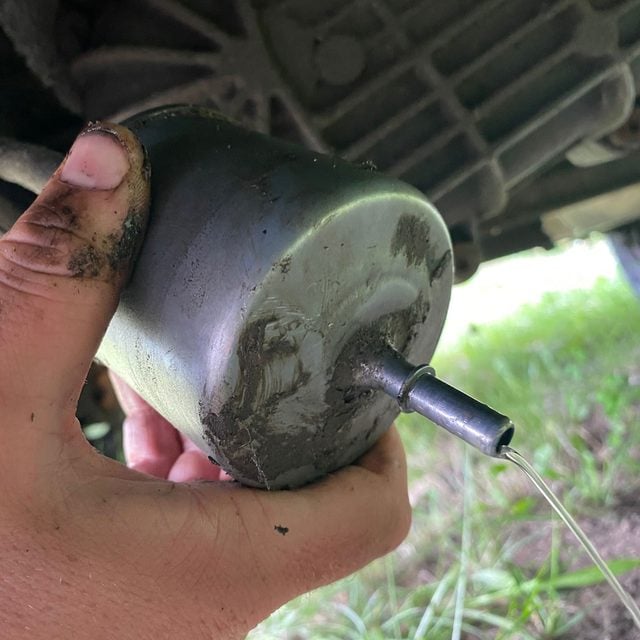
Install the New Filter
- Put the new filter in position, then tighten or clip it into place.
- Pro tip: Make sure it’s facing the correct way because fuel is only meant to flow one way through a filter. Look for an arrow on the filter body indicating direction of flow and orient the filter so the arrow points toward the engine.
- Connect the fuel lines to each end of the filter, then replace the retaining clips.
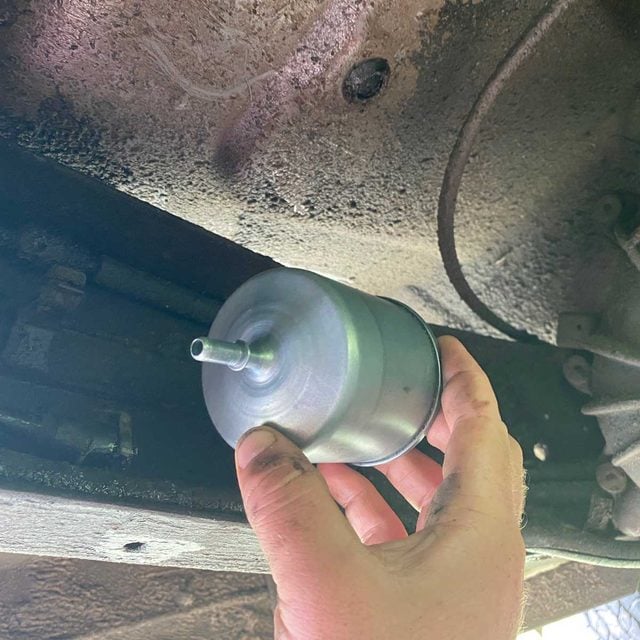
Reinstall the Fuse or Relay
- Reinstall the fuel pump fuse or relay that you disconnected earlier.
- Try starting the vehicle. If it runs normally and there’s no fuel leaking from the new filter, the job is done.
